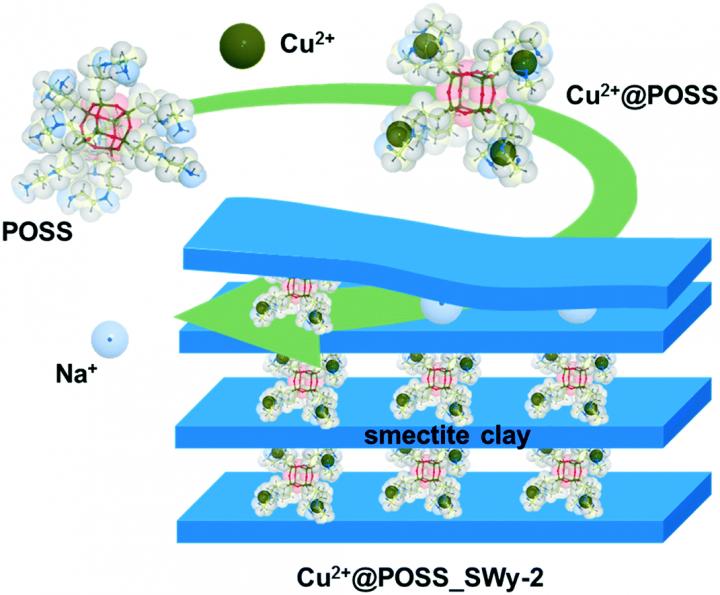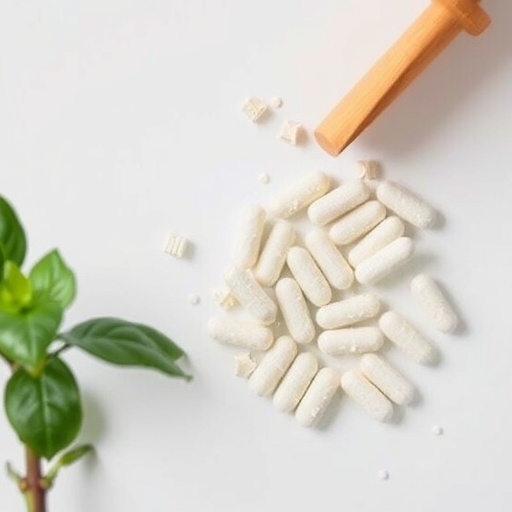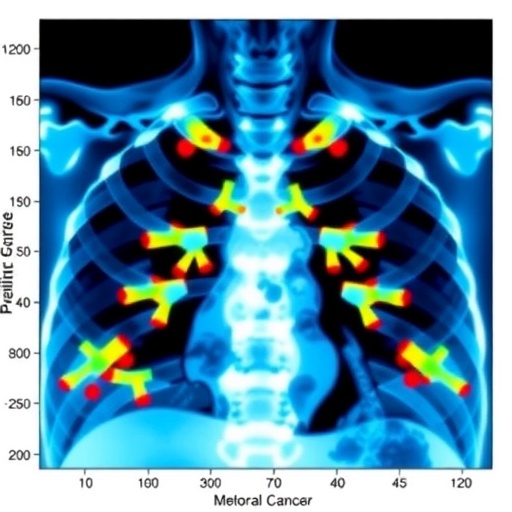
Credit: Feng Yan et al.
By creating neatly spaced slits in a clay mineral, University of Groningen Professor of Experimental Solid State Physics Petra Rudolf was able to filter water to remove a toxic herbicide. After removing the pollutant by heating the material, the clay can be reused. Together with colleagues from Greece, Rudolf presents this proof of principle study in the journal Environmental Science Nano.
In the Netherlands, a lot of sugar beets are grown. On these fields, the herbicide chloridazon is widely used. This compound is toxic to humans, does not break down in nature and will eventually seep into the groundwater. Chloridazon concentrations in groundwater are currently below the safety threshold but as it is persistent in the environment, they are expected to increase. ‘Water purification plants can break down chloridazon using UV light – but the breakdown products of chloridazon are also toxic,’ explains Rudolf.
Pillars
Rudolf has acquired a technique to make well-defined nanocavities in clay, which she adapted to trap the herbicide. ‘Clay is a layered mineral,’ Rudolf explains. ‘The layers have a negative charge and are separated by positive ions. We can replace those with molecular pillars of our own design.’ The natural clays are first washed and then treated with sodium salts. The sodium replaces the natural positive ions between the layers. ‘These sodium ions are surrounded by a water mantle, which pushes the layers slightly further apart. By simply adding the pillar molecules to the water, they will replace the sodium.’
These pillars are usually made of silicon oxide, with an added chemical group that defines the affinity of the cavities. Rudolf: ‘In this case, we added copper ions to attract the chloridazon and its breakdown products.’ The functionalized clay absorbed the herbicide in significant amounts: nearly 900 milligrams per kilogram of clay. ‘This is a good result and we see scope to further increase the absorption.’ Furthermore, Rudolf and her colleagues have shown that the herbicide is removed by heating the clay, which can then be used again.
Groundwater
The first results were obtained using 10 times the highest concentration of chloridazon measured in the environment. Furthermore, the experiments were performed in clean water. ‘So, we need to repeat this in real groundwater, to see if other compounds affect the absorption.’ If all these tests yield positive results, the next question is how to make this clay into a product that can be used in water treatment. ‘The options are to add the clay to water and then retrieve it by filtration, or to build the clay into a membrane,’ explains Rudolf.
By altering the width of the slits and changing the affinity of the pillars, different chemical compounds could be caught by the functionalized clay. ‘We are testing systems to remove two other compounds from water,’ says Rudolf. ‘Furthermore, a similar system could be created using other layered materials, such as graphene oxide.’
###
Reference: F. Yan, K. Spyrou, E. Thomou, S. Kumar, H. Cao, M.C.A. Stuart, Y.T. Pei, D. Gournis and P. Rudolf: Smectite clay pillared with copper complexed polyhedral oligosilsesquioxane for adsorption of chloridazon and its metabolites. Environmental Science: Nano 2020, first online 21 Nov 2019
Media Contact
Rene Fransen
[email protected]
Original Source
https:/
Related Journal Article
http://dx.




